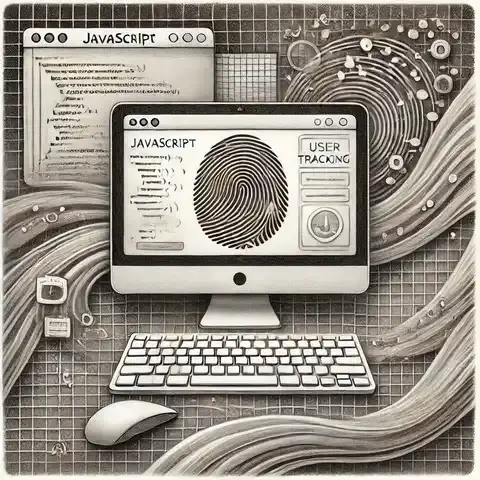
Can You Be Tracked Through JavaScript?
In cybersecurity, Direct Drive Reads (DDR) refer to accessing raw disk sectors directly—bypassing the filesystem and operating system APIs. This technique allows security researchers, forensic analysts, and adversaries alike to interact with the disk at a low level. It can be used for legitimate forensic investigations or stealthy malicious activities.
This article explains what Direct Drive Reads are, their significance, and how they are leveraged by both Red Teams (attackers/penetration testers) and Blue Teams (defenders/forensic analysts).
Normally, applications interact with files through the operating system's filesystem (e.g., NTFS, ext4, FAT32). However, a Direct Drive Read bypasses this abstraction and interacts with the raw disk device.
\\.\PhysicalDrive0./dev/sda or /dev/nvme0n1.This gives full access to the disk's bytes, regardless of filesystem structures, permissions, or OS-level controls.
Forensics & Recovery
Malware & Evasion
Data Extraction
Warning Running these examples requires administrative/root privileges. Misuse can damage the disk.
#include <windows.h>
#include <stdio.h>
int main() {
HANDLE hDisk = CreateFileA("\\\\.\\PhysicalDrive0", GENERIC_READ,
FILE_SHARE_READ | FILE_SHARE_WRITE, NULL,
OPEN_EXISTING, 0, NULL);
if (hDisk == INVALID_HANDLE_VALUE) {
printf("Failed to open disk. Error: %lu\n", GetLastError());
return 1;
}
BYTE buffer[512]; // sector size
DWORD bytesRead;
if (ReadFile(hDisk, buffer, 512, &bytesRead, NULL)) {
printf("First sector read successfully.\n");
} else {
printf("Read failed. Error: %lu\n", GetLastError());
}
CloseHandle(hDisk);
return 0;
}with open("/dev/sda", "rb") as disk:
disk.seek(0) # start of the drive
sector = disk.read(512)
print("First sector bytes:", sector.hex()[:64], "...")Note: Running these examples requires administrative/root privileges. Misuse can damage the disk.
Attackers leverage Direct Drive Reads to:
Example: An advanced rootkit may use DDR to read memory dumps or steal authentication tokens stored in unallocated disk regions.
Defenders and forensic analysts use Direct Drive Reads for:
Tools like dd, FTK Imager, and EnCase rely on DDR to perform reliable forensic imaging.
sudo dd if=/dev/sda of=/evidence/disk_image.dd bs=4M conv=noerror,syncThis produces a complete sector-by-sector image, ensuring hidden or deleted data is preserved.
\\.\PhysicalDrive0 or /dev/sdX should trigger alerts.Direct Drive Reads represent a powerful but double-edged technique. For defenders, they are essential for forensic accuracy and incident response. For attackers, they provide a stealthy path to data exfiltration, persistence, and evasion.
Both Red and Blue teams must understand DDR deeply: attackers to exploit it, defenders to detect and prevent its abuse. Ultimately, awareness and monitoring are key to keeping this powerful capability under control.